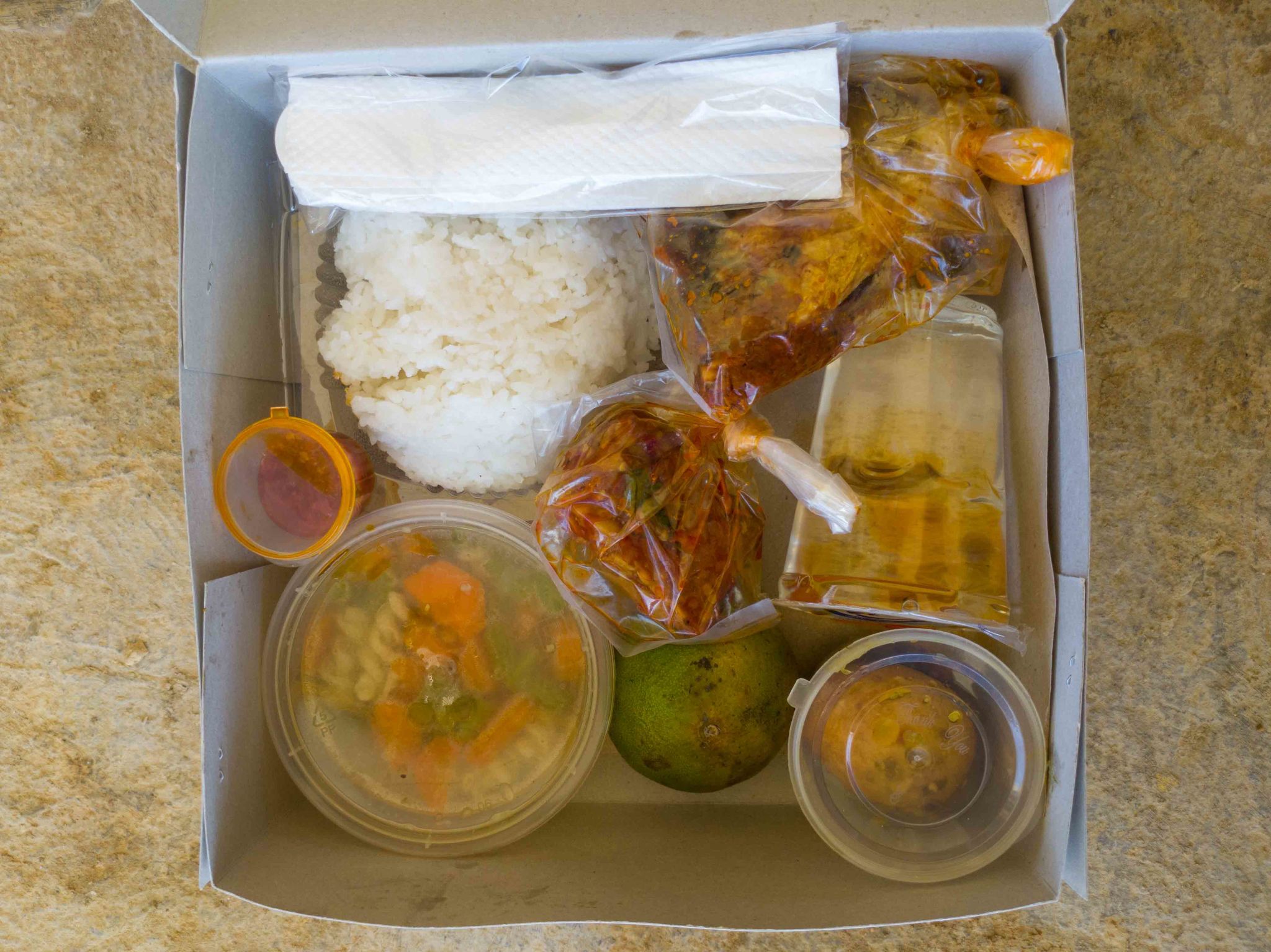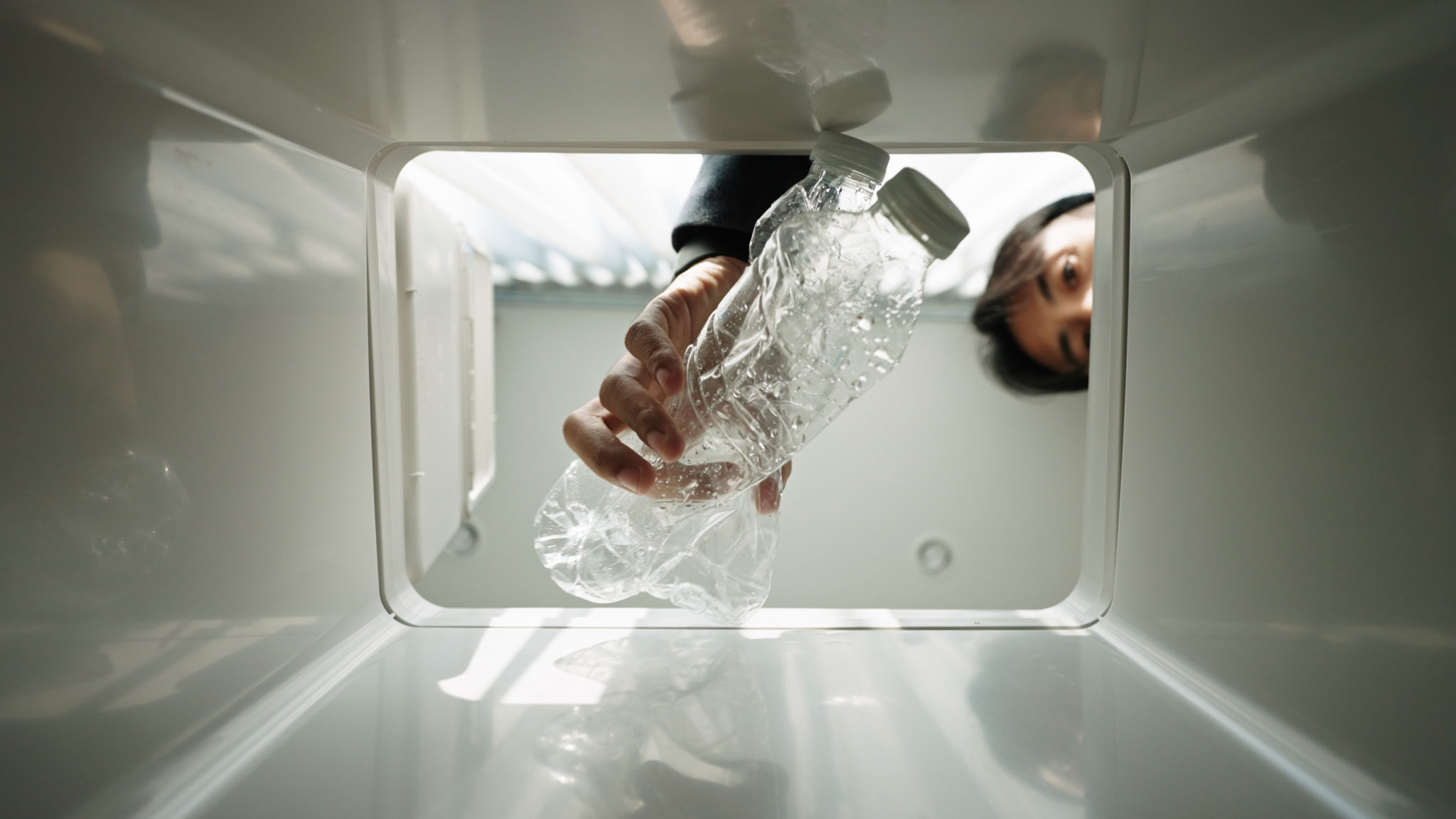The Environmental Impact of Balikbayan Boxes and How to Minimize It
bb
Understanding Balikbayan Boxes
Balikbayan boxes are a beloved tradition among Filipinos living overseas. These large boxes are filled with goods and gifts from abroad, sent back home to family and friends in the Philippines. While they bring joy and comfort to recipients, it's essential to consider their environmental impact. The process of creating, shipping, and disposing of these boxes can have significant environmental consequences.

The Environmental Impact of Shipping
The transportation of balikbayan boxes involves significant carbon emissions. Ships, planes, and trucks used to transport these boxes burn fossil fuels, contributing to greenhouse gas emissions. The longer the distance, the greater the environmental footprint. Moreover, the packaging materials used in these shipments, such as plastic wraps and cardboard, add to the waste problem when not disposed of properly.
Besides emissions, the logistics industry faces challenges with waste management. Shipping companies often use single-use plastics for packaging and protection, which end up in landfills or oceans, exacerbating pollution. Therefore, minimizing the environmental impact of balikbayan boxes requires a concerted effort from senders, logistics companies, and recipients.
Choosing Sustainable Packaging
One way to reduce the environmental impact is by selecting eco-friendly packaging materials. Opt for biodegradable or recyclable materials when packing your balikbayan box. Cardboard boxes with high recycled content and minimal plastic usage are ideal. Additionally, consider using reusable containers for non-fragile items to further cut down on waste.

Another strategy is to use compact and efficient packaging methods. By maximizing space and minimizing void fill materials like foam peanuts or bubble wrap, you can reduce the amount of packaging required. This not only lowers the environmental impact but also potentially reduces shipping costs.
Reducing Frequency and Volume
Consider sending balikbayan boxes less frequently and focusing on necessity rather than quantity. By consolidating shipments or choosing smaller boxes with essential items only, you can decrease the carbon footprint associated with transportation. Encourage family members to prioritize needs over wants to ensure sustainability.

Additionally, explore digital alternatives for some gifts. For instance, sending e-gift cards or digital subscriptions can be a thoughtful way to show love without the associated environmental costs of physical goods.
Encouraging Responsible Disposal
Responsible disposal of packaging materials is crucial in minimizing environmental impact. Encourage recipients to recycle or reuse materials whenever possible. Providing information on local recycling facilities or initiatives that accept specific types of waste can be beneficial.
Moreover, engaging in community clean-up events can help mitigate the impact of waste generated by balikbayan boxes. By actively participating in environmental initiatives, families can contribute to a cleaner, healthier planet.
Conclusion
Balikbayan boxes are a cherished tradition that connects families across distances. However, understanding and minimizing their environmental impact is essential for future sustainability. By making conscious choices in packaging, shipping frequency, and disposal practices, we can all contribute to reducing the ecological footprint of these beloved care packages.